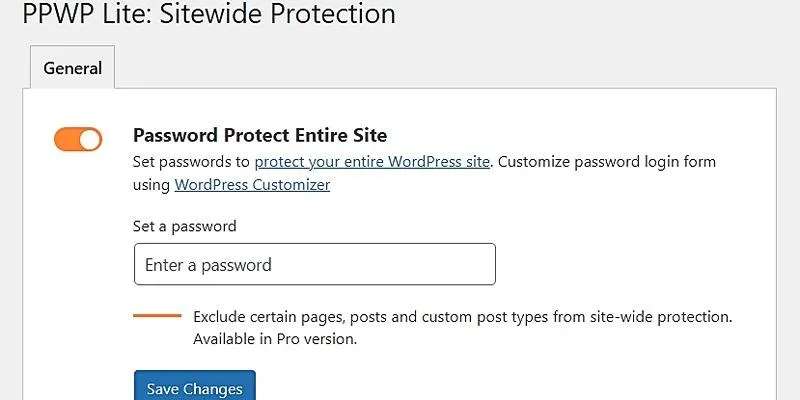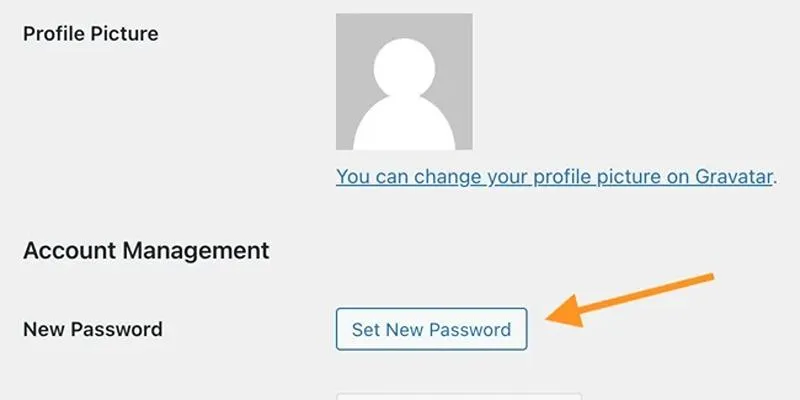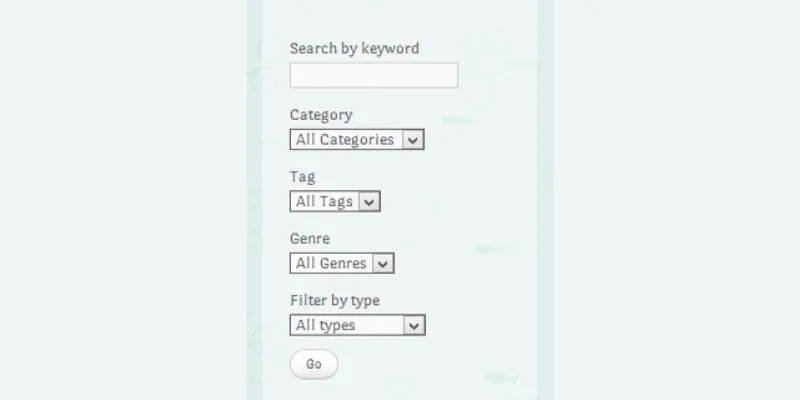2 Reliable Ways to Implement Strong Password Policies in WordPress
Ensuring users create strong passwords is vital for maintaining the security of your WordPress site. Weak passwords make it easier for hackers to exploit vulnerabilities and gain access to sensitive information. By implementing measures to enforce stronger passwords, you can safeguard your site, reduce the risk of breaches, and enhance overall account protection for users.
Why Strong Passwords Matter in WordPress

Before diving into the methods, it’s essential to understand why enforcing strong passwords is crucial:
- Brute-force protection: Strong passwords prevent attackers from easily guessing login credentials.
- User account integrity: Admins, editors, and contributors are all responsible for your site’s health. A compromised account, even at the contributor level, can harm your site.
- Compliance and data protection: Strong password enforcement is a fundamental part of website security policies and data protection practices.
Now, let’s explore the top two methods to ensure that your WordPress users create secure passwords.
Method 1: Use a Security Plugin with Built-In Password Policies
One of the most effective and beginner-friendly ways to enforce strong passwords in WordPress is by using a reputable security plugin that includes password policy features.
Recommended Plugin: iThemes Security
iThemes Security (formerly Better WP Security) is a widely trusted WordPress security plugin with a dedicated option to force strong passwords.
Key Features for Password Enforcement:
- Force strong passwords by user role (e.g., admins, editors).
- Password expiration settings for regular password updates.
- Two-Factor Authentication (optional, but enhances security further).
How to Set Up Strong Password Enforcement Using iThemes Security
-
Install and activate the plugin:
- Navigate to Plugins > Add New.
- Search for “iThemes Security”.
- Click Install Now and then Activate.
-
Configure password policies:
- Go to Security > Settings.
- Under the “User Groups” section, click on the settings icon.
- Select the roles (Admin, Editor, etc.) for which you want to enforce strong passwords.
- Enable the “Force Strong Passwords” option.
-
Save changes:
- Click Save Settings to apply the changes.
- Users in selected roles will now be required to create strong passwords when changing or resetting their passwords.
Advantages of Using a Plugin
- No coding required.
- Offers additional security features such as brute-force protection and file change detection.
- Easy to manage and configure from the dashboard.
This method is especially useful for non-technical users or site owners who prefer not to modify core files or write custom code.
Method 2: Enforce Password Policies Using Custom Code (functions.php)
If you prefer a lightweight, plugin-free approach or have specific password enforcement rules in mind, using custom code can be an efficient solution. You can add a password strength validation script directly to your theme’s functions.php file.
How This Works
This method leverages WordPress’s built-in password strength meter and JavaScript validation to prevent users from setting weak passwords during account creation or when updating their profile.
Sample Code Snippet
Here is a sample code that forces users to use strong passwords:
function enforce_strong_passwords($errors, $update, $user) {
if ($update) {
// Existing user profile update
if (!empty($_POST['pass1']) && wp_check_password_strength($_POST['pass1']) < 3) {
$errors->add('weak_password', 'Please use a stronger password. Your password must be strong.');
}
} else {
// New user registration
if (!empty($_POST['user_pass']) && wp_check_password_strength($_POST['user_pass']) < 3) {
$errors->add('weak_password', 'Please use a stronger password. Your password must be strong.');
}
}
return $errors;
}
add_filter('user_profile_update_errors', 'enforce_strong_passwords', 10, 3);
Note: You might need to create a custom function or use JavaScript to evaluate password strength during the registration process. This method works best when paired with the built-in password strength meter WordPress already provides.
Where to Place This Code
- Log in to your WordPress admin panel using your credentials.
- From the left-hand menu, navigate to Appearance > Theme File Editor. This is where you can directly edit your theme files.
- Locate and open the
functions.phpfile of your active theme. Be cautious when editing this file, as it controls vital functionality for your site. - Copy the code you wish to add, then paste it at the end of the
functions.phpfile. Double-check the code for any errors to avoid breaking your site. - Once you’ve added the code, click Update File to save your changes. Before making these edits, consider creating a backup of your site for safety.
Pros of the Custom Code Method
- No plugin dependency — keeps the site lightweight and ensures faster loading times without relying on third-party tools.
- Full control over the enforcement logic — allowing you to implement rules and processes exactly as needed for your project or platform.
- Customizable according to specific needs — offering flexibility to adapt features and functionality to match unique requirements or preferences.
Things to Keep in Mind
- You should have some basic understanding of PHP to avoid errors when editing your theme’s
functions.phpfile. A small mistake can break your site, so proceed carefully. - Always back up your site before making changes to theme files. This ensures you can quickly restore everything in case something goes wrong during the editing process.
- If you switch themes, remember to migrate this code to the new theme’s
functions.phpfile. Otherwise, the functionality will be lost, and your site may not work as expected.
Educate Users on Creating Strong Passwords

Regardless of the method you choose, it’s always a good idea to educate your users on what makes a password strong to enhance security and protect their accounts. A strong password is difficult for attackers to guess or crack using brute force or common hacking methods. Here are a few detailed guidelines you can share with your users:
- Use a mix of uppercase and lowercase letters to make the password harder to predict.
- Include numbers and special characters (e.g., !, @, #, $) to increase complexity.
- Avoid using dictionary words, names, or common sequences (e.g., “123456,” “password,” or “abc123”), as these are often the first combinations hackers try.
- Aim for at least 12 characters, as longer passwords are significantly more secure and harder to crack than shorter ones.
Consider prominently displaying these tips on registration or profile update pages using a clear message, tooltip, or visual password strength meter. Educating users on these practices helps protect their accounts and builds trust in your platform’s commitment to security.
Conclusion
Securing your WordPress site starts with the basics, and enforcing strong passwords is a critical first step. Whether you prefer using a robust security plugin like iThemes Security or want to implement a custom-coded solution in functions.php, both methods are highly effective.
Related Articles

Best Password Managers for Safari and macOS

A Step-by-Step Guide to Adding Google Authenticator 2FA to WordPress

7 Best WordPress Help Desk Plugins for Superior Customer Support

The Ultimate Guide: 16 Best Plugins to Improve WordPress Comments (2025)

The Ultimate Guide to the 10 Best WordPress Admin Dashboard Plugins

Best Free Slideshow Plugins for WordPress in 2025

How to Move Comments Between WordPress Posts: A Quick and Easy Guide

A Step-by-Step Guide to Limiting File Upload Types in WordPress

How to Allow Authors to Chat in WordPress: A Step-by-Step Guide

Restoring Your WordPress Database to Default State

How To Add An Advanced Search Box In WordPress Using Facetious: A Guide

How to Display Instagram Photos in WordPress Sidebar Widget: A Guide
Popular Articles

How to Use Camtasia for Screen Recording

Discover the Best Enterprise Project Management Software in 2025 to Keep Everything on Track

How to Convert 4 JPG to BMP: Easily Decode Compressed Images into Uncompressed Files

How to Shoot a Smooth Time Lapse Using GoPro

How to Add YouTube Video as Fullscreen Background in WordPress: A Guide

Click, Commit, Push: 5 Best Git GUI Clients in 2025

Best Animation Software for Creative Work in 2025

7 Payroll Mobile Apps Users Love for Effortless Salary Management

Elevating Speech Pacing Across All ElevenLabs Platforms

How to Stay Productive: Essential Tools for Remote Workers in 2025

Google Enhances Search with AI Overviews and Experimental AI Mode

 mww2
mww2